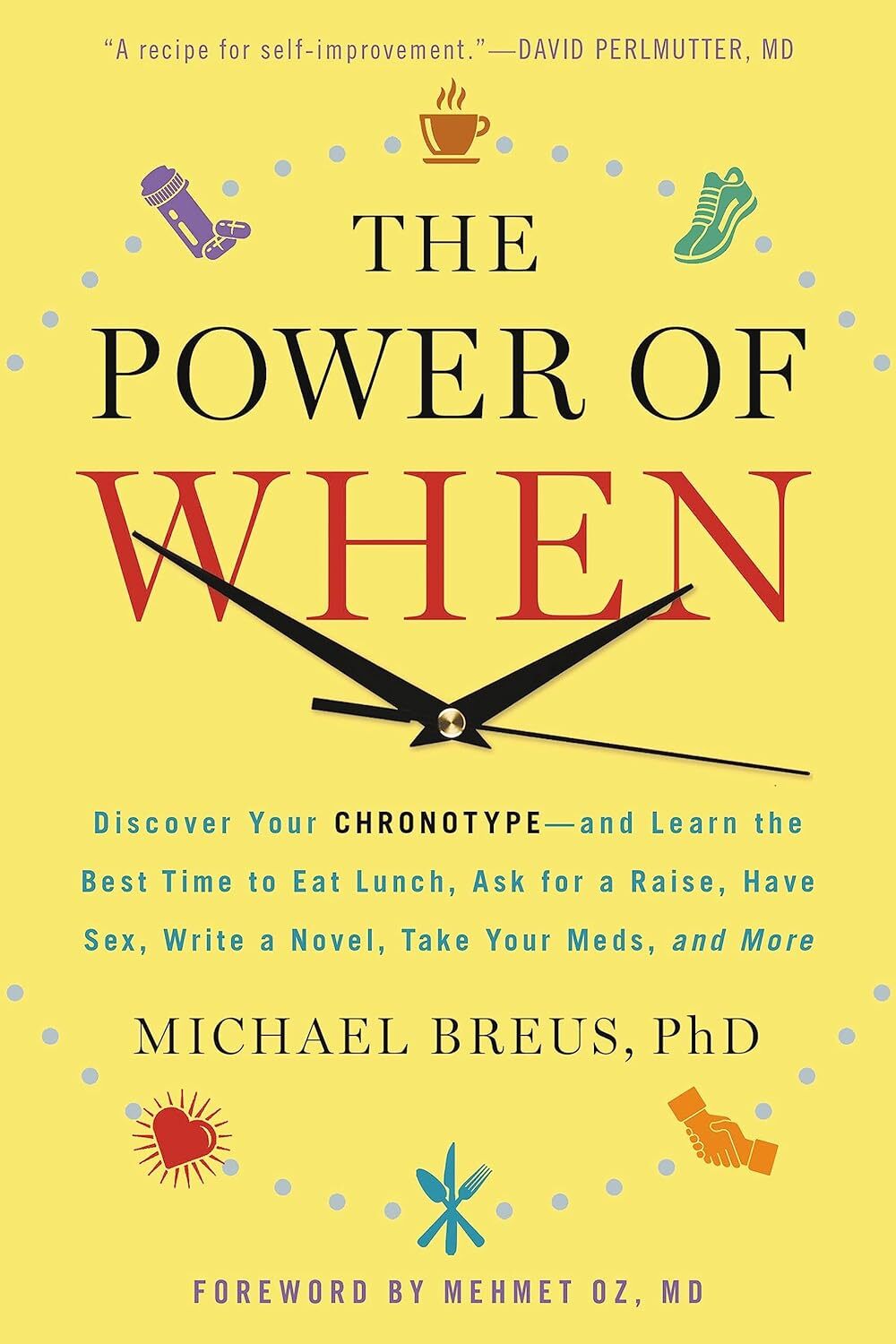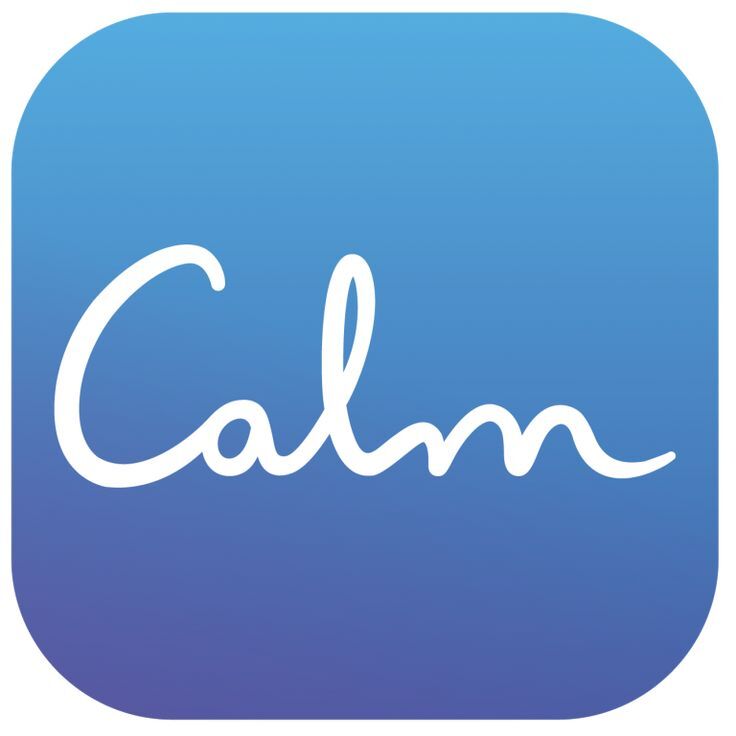Pre-Sleep Routine
Properly Prepare Your Body and Mind for Restful Sleep

Introduction
Pre-Sleep Routine is a set of calming activities performed consistently before bed to signal the body and mind to transition into rest. This practice promotes faster sleep onset, deeper rest, and improved overall well-being.
What You Need To Know
How To Do It
Instructions:
1. Prepare Your Space
Create a calm bedroom environment: dim lights, set temperature to 60–67°F, and minimize noise with earplugs or a white noise machine. Allow 30–60 minutes for your routine, starting at the same time nightly. For more info, see Sleep Environment.
2. Settle into Relaxation
Begin with 5–10 deep breaths: inhale through your nose for four counts, hold briefly, exhale through your mouth for six. Let your breath flow naturally as you proceed.
3. Engage in Calming Activities
Choose 2–3 soothing tasks, spending 5–15 minutes each, moving from active to passive:
4. Limit Screen Time: Stop using devices 1 hour before bed; use blue-light filters if necessary.
5. Light Stretching: Perform gentle stretches, like neck rolls or seated forward bends, to release physical tension.
6. Reading: Read a light book or magazine (avoid thrillers) to quiet the mind.
7. Meditation or Gratitude: Practice a 5-minute mindfulness meditation or jot down 3 things you’re grateful for.
8. Warm Drink or Bath: Sip herbal tea (e.g., chamomile) or take a warm bath to relax muscles.
9. Aromatherapy: Use lavender essential oil in a diffuser or on your pillow for calming effects.
10. Handle Disruptions Gently
If thoughts intrude, acknowledge them and refocus on your routine, perhaps journaling briefly to offload worries. Keep activities consistent nightly.
11. Conclude Mindfully
Once complete, lie down, take a few deep breaths, and focus on the sensation of your body sinking into the bed. Allow 1–2 minutes before closing your eyes to sleep.
Helpful Tips:
- Start small: Begin with 15–20 minute routines if time is limited.
- Choose consistency: Stick to the same order and timing nightly for habit formation.
- Stay mindful: Focus on the present activity, avoiding overthinking the day.
- Manage stimulation: Skip caffeine, heavy meals, or intense exercise 3–4 hours before bed.
- Use a timer: Set a gentle alarm to signal the start of your routine.
- Practice nightly: Effects strengthen over 2–4 weeks of regular use.
- Track progress: Journal sleep quality or mood changes to monitor benefits.
- Combine techniques: Pair with deep breathing or body scan for enhanced relaxation.
- Be patient: Adjust activities gradually to find what suits you best.
Related Topics:
Strongly Related
Reduce Stress:
[Links to related web pages]
[Links to related web pages]
[Links to related web pages][Links to related web pages]
Moderately Related
Issue B:
[Links to related web pages]
[Links to related web pages]












